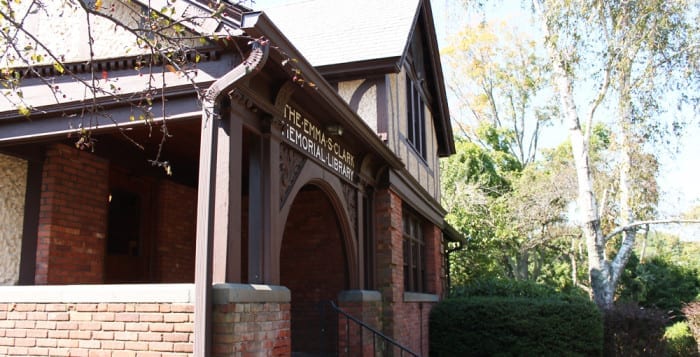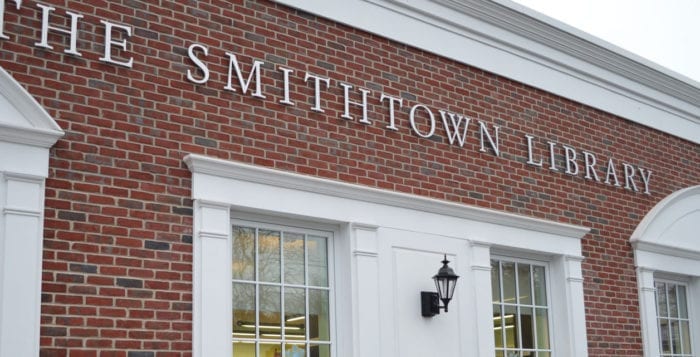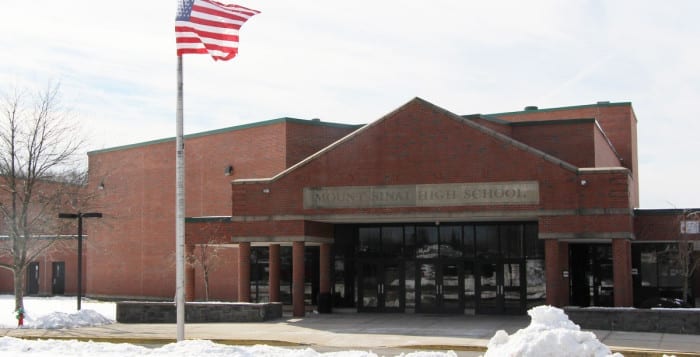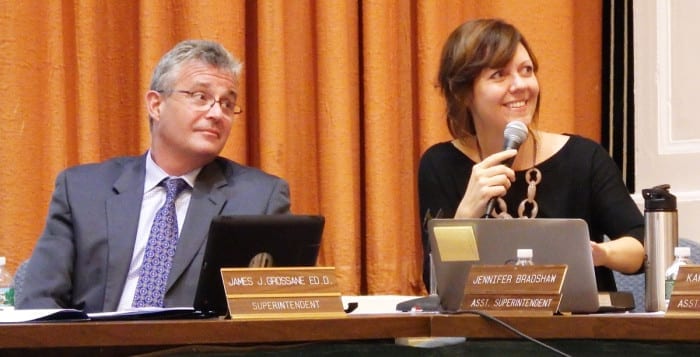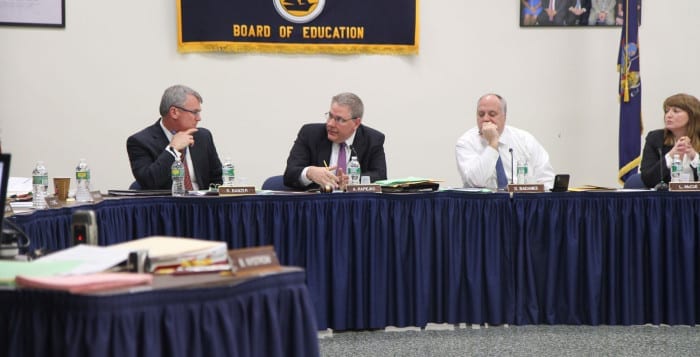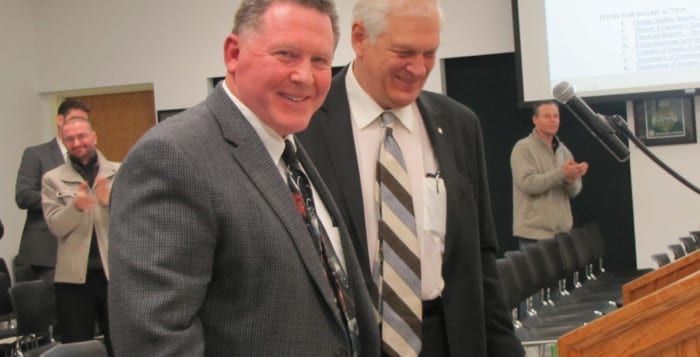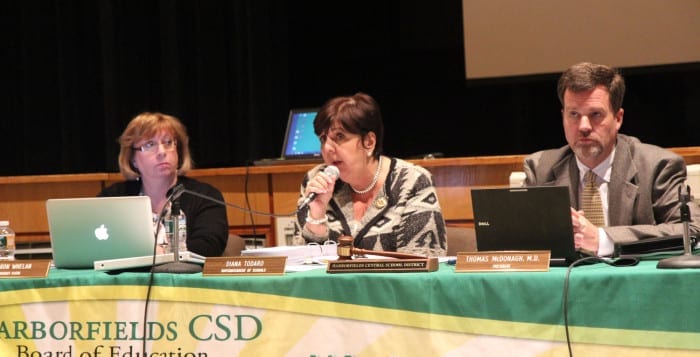Harborfields Central School District is one step closer to technological improvements thanks to its utilization of New York State’s Smart Schools Bond Act.
At a school board meeting last week, Jordan Cox, executive director of institutional services, presented a $1 million investment plan that focuses on improving the district’s Internet connectivity operations by utilizing the bond.
“We’re looking for something that’s going to be long-term,” Cox said. “Something that we can make an investment in that’s going to last 10-plus years.”
The Smart Schools Bond Act, passed in 2014, authorized the issuance of $2 billion in general obligation bonds to finance improved education technology and infrastructure. Over the last two years, Cox said district officials have been meeting to determine what the highest priorities are for bond funds.
Once they narrowed in on Internet connectivity, a plan was created to update the “aging architecture to support high-speed traffic requirements for online productivity and assessment operations,” he said.
The entire plan included two projects — one $921,000 plan focusing on upgrading infrastructure and the other $177,000 plan on centralizing all district servers.
Cox said that Harborfields was using outdated equipment and upgrading it to support high-bandwidth and wireless devices would help the district support more devices at once.
“We’re talking about the bones that you don’t see behind the walls that allow us to keep the connectivity day-to-day within schools,” Cox said of the infrastructure.
The second part of the plan Cox pitched concentrated on centralizing all servers to help reduce the amount of data center equipment required, which he said would cut costs and negate the need of system downtime.
Cox said that fewer servers and less networking gear would mean less equipment would be required, lowering monthly power and cooling costs. Cox also said that the more programs and devices added to the district, the “more critical that our Internet connectivity does not have any down time.”
In his presentation, Cox said Harborfields would receive about $1.3 million from the state through the bond. These two projects should cost about $1 million, leaving $223,656 left over, he said.
Cox also said that the money from this bond does not expire and can be carried into the next school year. So if Harborfields does not use its full amount immediately, it does not lose the surplus.
Going forward, Cox said this plan needed to be approved by the board of education before the district can submit an online application. He also said the turnaround time from the state is unknown because Harborfields is one of the first districts to complete the process.
The school district did not confirm whether the board has approved the plan.


